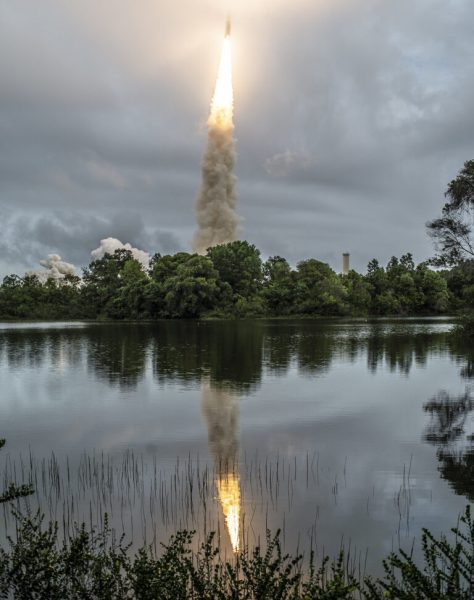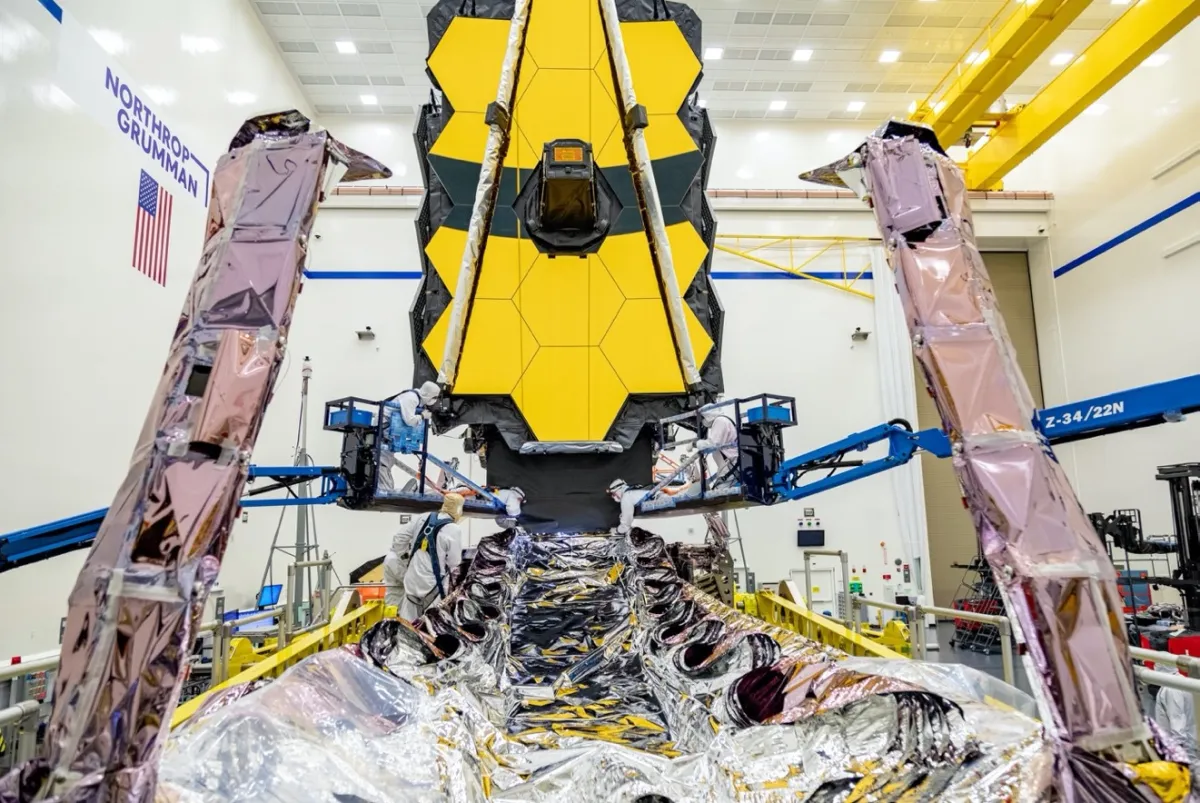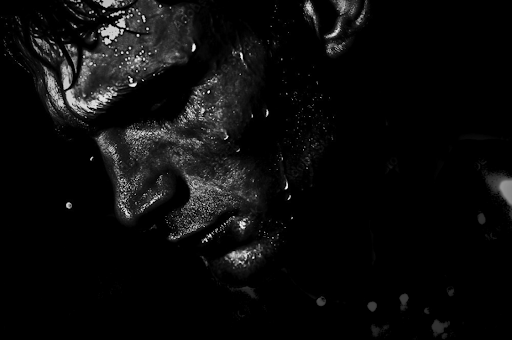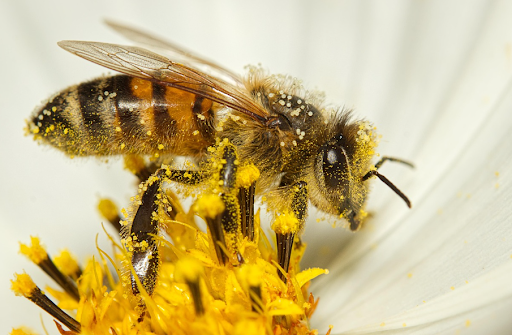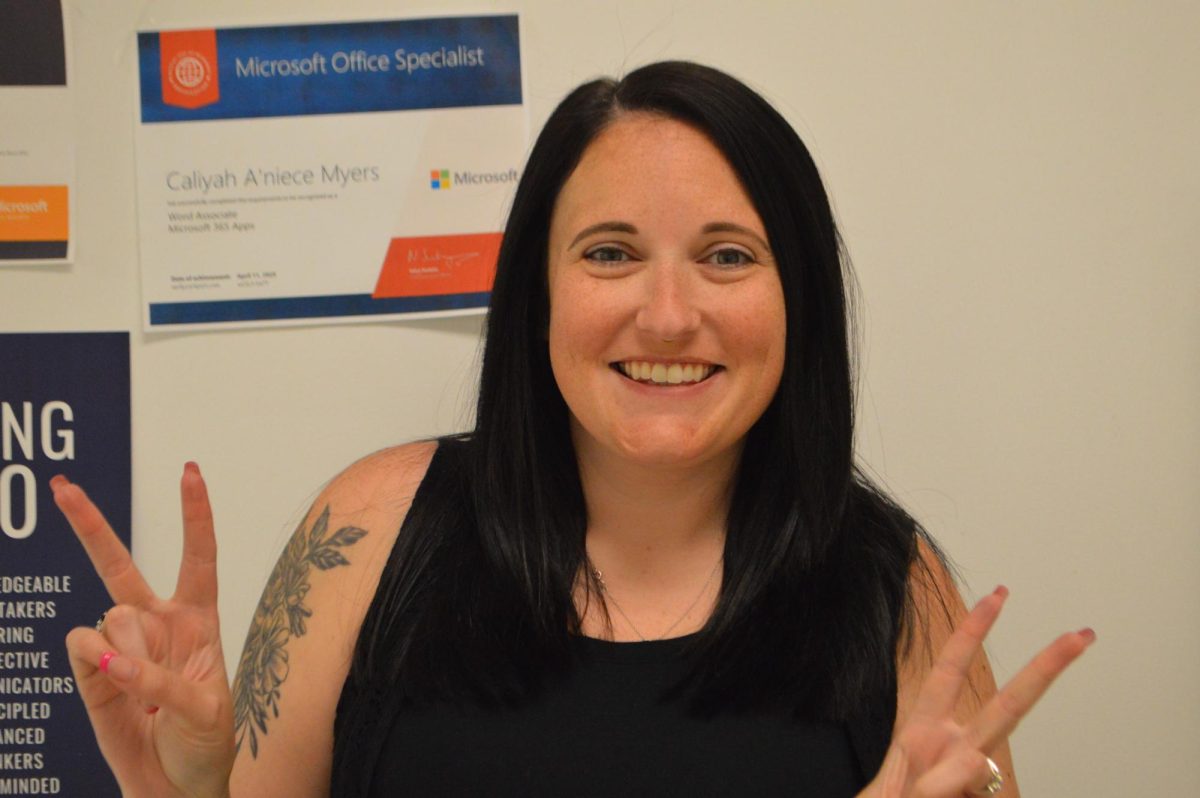Telescopes are without a doubt the most important tools to study the stars. Not only can we observe stars, we can observe celestial objects that are further out in the universe and with more detail. Telescopes on the Earth can be useful but atmospheric disturbance can impact what we can see. To combat this, space agencies, most notably NASA, launch telescopes into orbit.
Since its launch in 1990 and still in service now, the Hubble Space Telescope has given us some amazing views of our night sky. We got some of the most iconic images from Hubble also and its likely have seen a few of Hubble’s images. Hubble’s discoveries have confirmed the existence of black holes in galaxy cores, verified the accelerating expansion of the universe, and lots more.
On the other hand, the James Webb Space Telescope (JWST or Webb), builds on top of Hubble. Launched on Christmas day at 2021, Webb overall has a much better pair of “eyes” and can see a lot more and further than Hubble can. To get an idea of how much better Webb is, it is about 100 times better than Hubble.
Technologically, Webb is incredibly advanced. The infrared systems need incredibly cool systems to function properly. To fix this issue, a heat shield with a design of one million SPF, battles the heat. The temperature difference between the heat shield and the telescope itself can be up to 400 degrees fahrenheit. The overall cost of the entire telescope is a shocking ten billion dollars. However, the results from the telescope is worth the effort.
Obviously, Webb is a huge project and needed some sort of management. This is where Gregory Robbinson comes into the story. To learn about how he contributed to the world’s best telescope though, we have to learn a bit more about him.
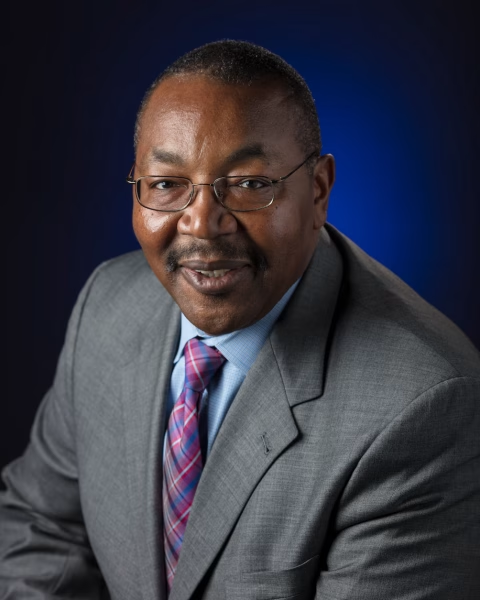
Gregory Robinson was born in 1960 in Danville Virginia. His education began in a racially segregated elementary school. He eventually graduated from Dan River High School and then attended and graduated from Averett University for his master’s degree. It was 1989 when he first started working with NASA. Although he retired in 2022, he worked with NASA for 33 years.
The project for JWST began just as an idea all the way back in 1989. The project didn’t actually begin until 2004. The biggest challenge wasn’t the actual construction of the telescope itself but rather, creating new technologies to make Webb possible. “For most missions, there are one, two, maybe three new technologies, on Webb, there were ten plus new technologies that had never been designed, built, or flown before. It’s nuts.” said Robinson. One of these technologies is a cooler that had to cool an instrument to an impressive 7 K. To put that into perspective, that is -447 Fahrenheit.
For many years, JWST struggled in terms of organization and leadership. It was 2018 when he was asked to be the program director; he accepted. “I was in awe” Robinson said. Despite challenges, Robinson managed to bring together 20,000 people across 29 countries and 14 U.S. states to not only turn the program around, but nearly double its efficiency. Through his leadership, JWST was able to launch on Christmas day on 2021. The project was a overall success and Webb is still surprising us with it’s discoveries.
